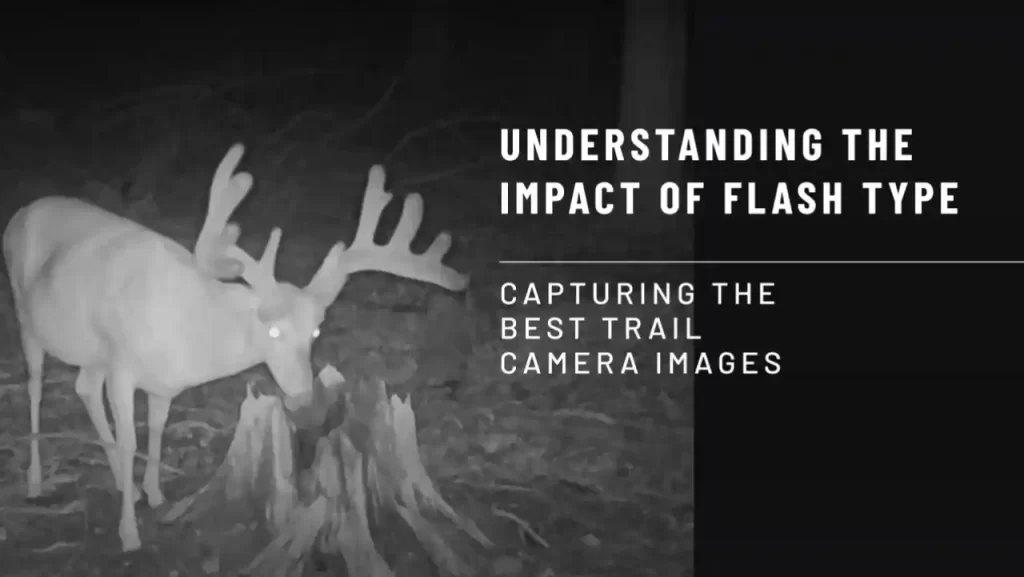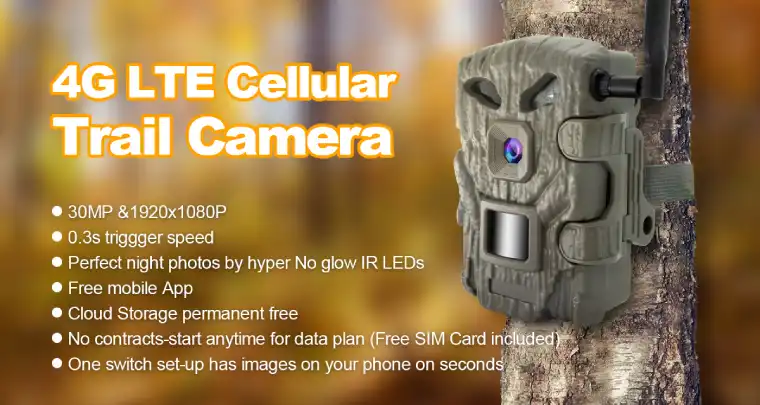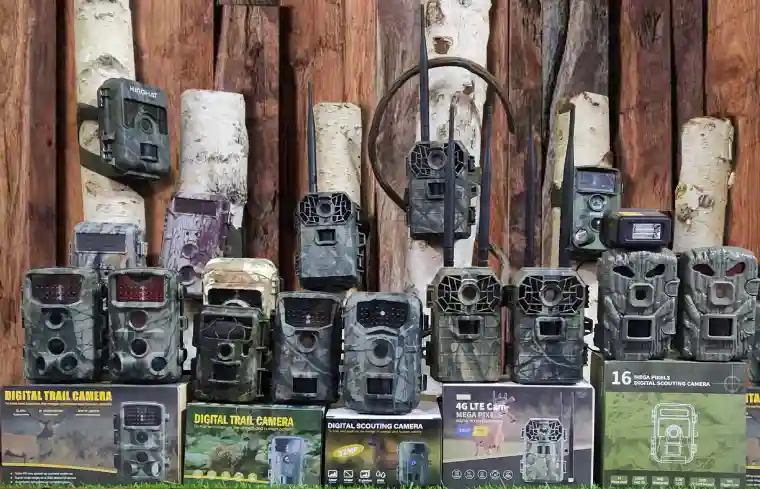How does the flash type affect the quality of the images captured by a trail camera?

Trail camera flashes—white, low-glow IR, and no-glow IR—affect night images. White flash offers vivid color but may startle wildlife. Low-glow IR provides decent black and white images with slight visibility, while no-glow IR is most discreet, suitable for covert use but yields grainier images. Each balances clarity with stealth.
The True Art of Nighttime Photography with Trail Cameras

Nighttime images from trail cameras are a matter of intrigue and challenge for many. While some cameras perform admirably, capturing clear and vivid photos, others may yield grainy or subpar results. The secret to exceptional nighttime photos lies in understanding the intricate balance between the camera’s technical capabilities and its physical setup.
Standard Trail Camera VS Cellular Trail Camera

There are a variety of trail cameras on the market, and they are classified in many ways that can be generally classified as Standard Trail Camera, Cellular Trail Camera and Wireless Trail Camera . Before you start buying a camera, you need to understand their differences . Then you can know which type of trail camera is right for you.
UNDERSTANDING THE DIFFERENT TYPE OF TRAIL CAMERA

In this article, we will explore what trail cameras are, how they work, and the benefits of using them. Whether you’re a hunter, nature enthusiast, or conservationist, trail cameras can provide valuable insights into the behavior and movements of animals in the wild.
